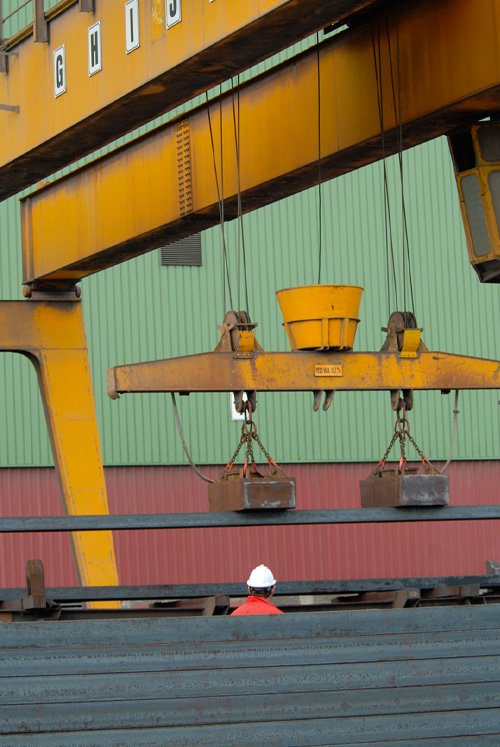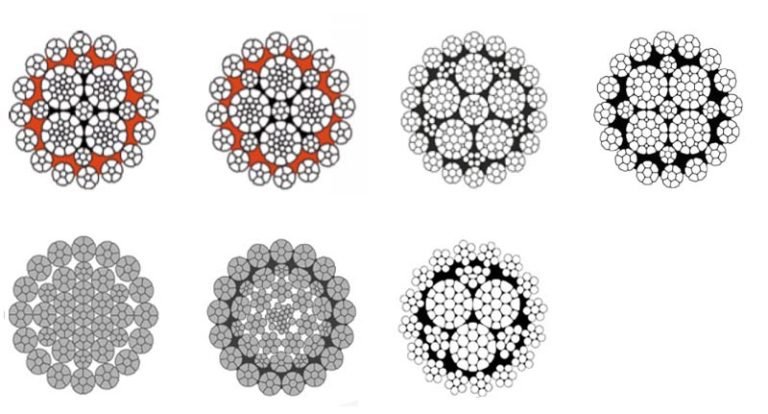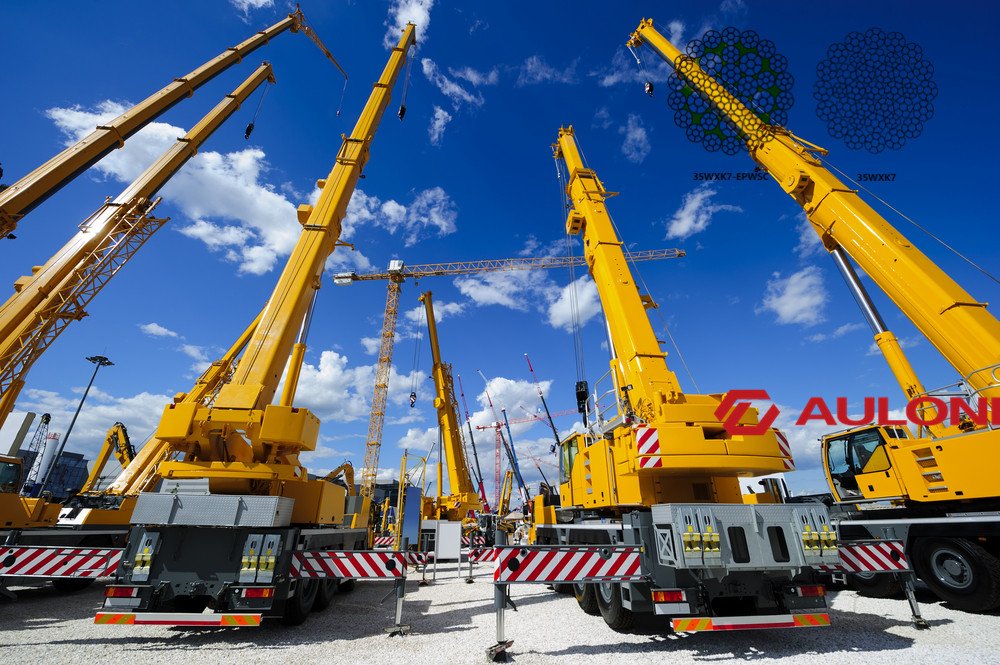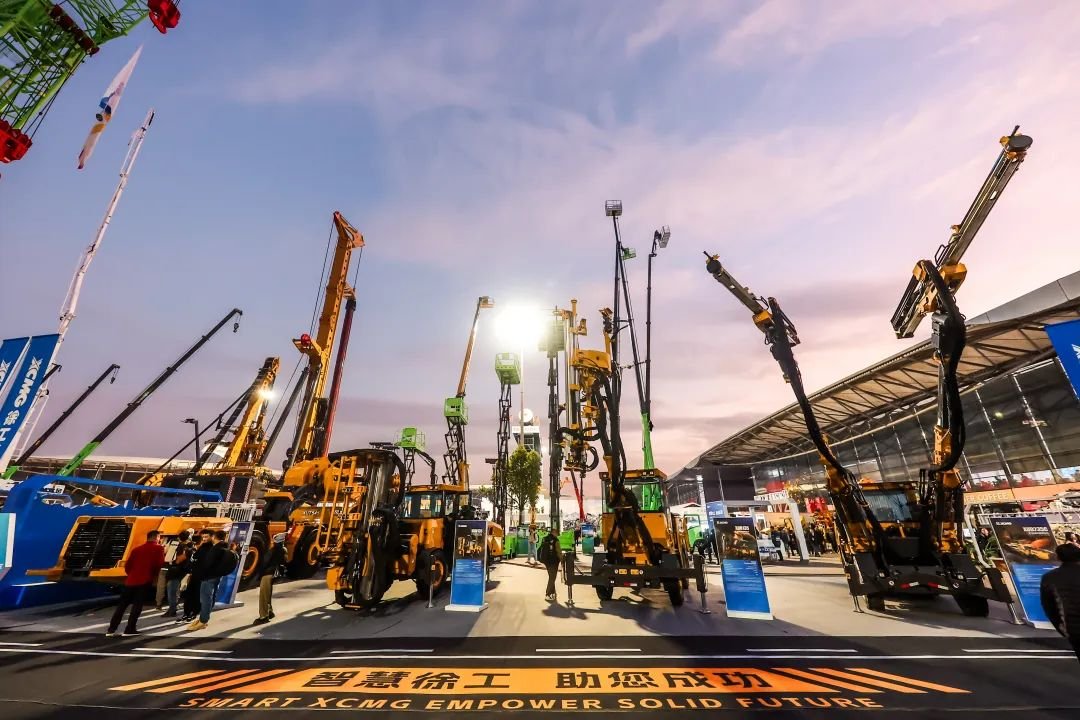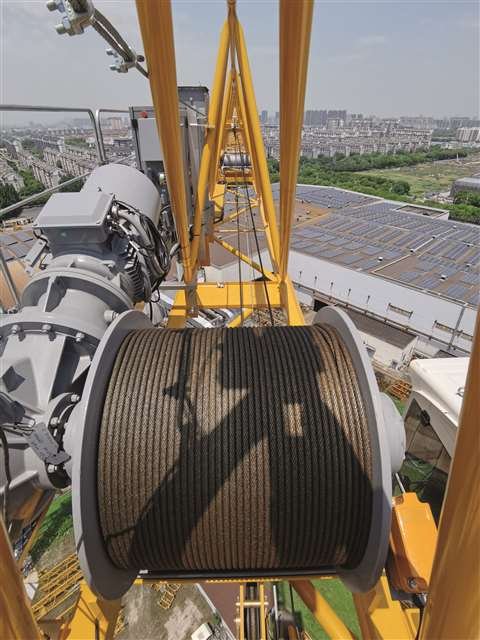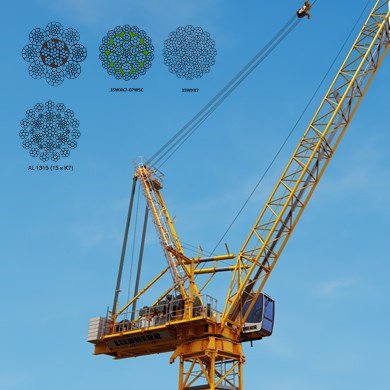Are you overwhelmed by too many wire rope models? Do you find yourself confused by the numbers on spec sheets? If you’re a purchasing manager or engineering lead, choosing the right wire rope can feel like navigating a minefield, especially when price seems to be the only deciding factor.
Breaking load is, in fact, the most critical parameter when selecting wire rope. It is the maximum force a wire rope can withstand under static tension, directly indicating its strength and load-bearing capacity.
It’s easy to get lost in the details, but understanding a few core concepts will make all the difference. Let’s cut through the complexity and ensure you’re making the best choices for your projects.
What Exactly is Breaking Load for Wire Ropes?
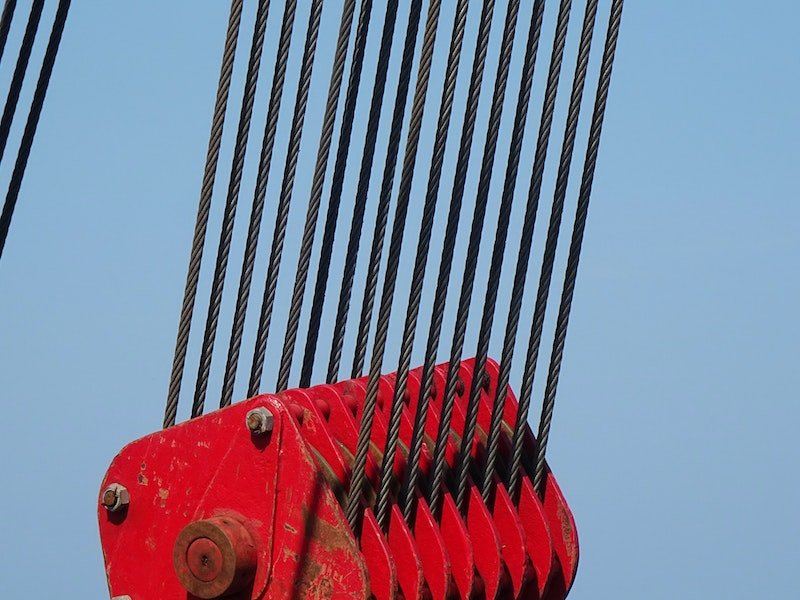
Do you know what the numbers on a wire rope’s specification sheet truly represent? Understanding the fundamental properties of wire rope is crucial for making informed decisions.
Breaking load, typically measured in kilonewtons (kN), is the ultimate tensile strength of a wire rope. It’s a direct measure of how much force it can handle before breaking under static conditions.
For instance, a 28mm diameter, 1960MPa grade 35WXK7 wire rope has a minimum breaking load of 740.1 kN. This figure is your baseline for ensuring safety and performance.
Key Factors Influencing Breaking Load
To truly grasp breaking load, we need to look at what influences it. It’s not just a single number; it’s the result of several components working together.
Steel Wire Grade and its Impact
Strength Grade of Steel Wire
| Steel Wire Grade (MPa) | Impact on Breaking Load |
|---|---|
| 1770 | Lower |
| 1960 | Medium |
| 2160 | Higher |
The higher the tensile strength of the individual steel wires, the greater the overall breaking load of the wire rope. This is a fundamental relationship.
Wire Rope Structure and its Role
Common Wire Rope Structures
| Structure | Core Type | Characteristics |
|---|---|---|
| 35×7 | IWRC | High strength, low stretch. Good for hoisting. |
| 6×36 | FC/IWRC | Flexible, good abrasion resistance. Versatile. |
| 8×26 | FC/IWRC | High flexibility, good for bending applications. |

Different constructions, like 35×7 or 6×36, are designed with specific applications in mind, and this design significantly affects their breaking load characteristics.
The Importance of Core Material
Core Material Options
| Core Material | Description | Impact on Breaking Load |
|---|---|---|
| FC (Fiber Core) | Natural or synthetic fiber | Lower overall strength |
| IWRC (Independent Wire Rope Core) | A separate wire rope acting as the core | Higher overall strength |
The core of a wire rope, whether it’s fiber (FC) or an independent steel wire rope core (IWRC), plays a vital role in the rope’s overall strength and how it distributes load.
Environmental Considerations Affecting Strength
Does your operating environment matter? Absolutely.
Corrosive conditions, wear and tear, and high temperatures can all significantly reduce the actual breaking load a wire rope can sustain in real-world use. This is why considering the environment is not just good practice, but essential for safety.
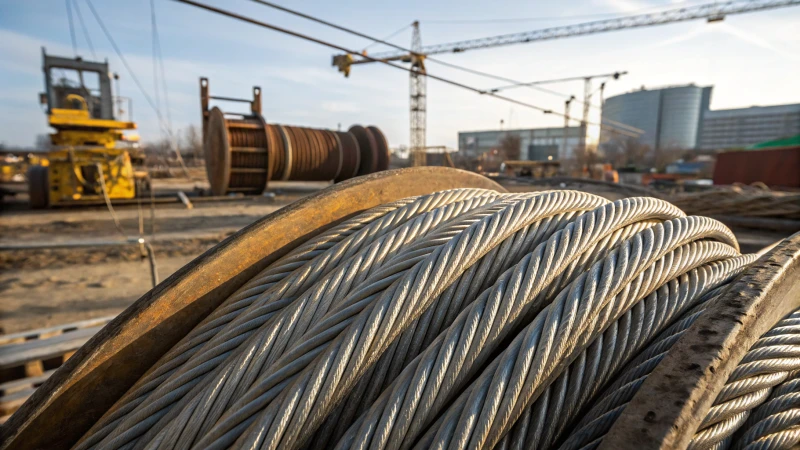
How to Calculate Required Breaking Load
When selecting a wire rope, you must calculate the breaking load needed for your specific task. This involves a clear process to ensure safety.
First, determine the required safety factor. For general lifting operations, a factor of 5 to 6 is common. For elevator applications, it’s higher, typically 10 to 12.
Next, calculate the minimum breaking load (MBL) by multiplying the maximum working load by your chosen safety factor. For example, if your maximum load is 50kN and you use a safety factor of 6, you need a wire rope with an MBL of at least 300kN.
Then, select a wire rope that meets or exceeds this calculated breaking load. For our example, a 35WXK7 wire rope with an 18mm diameter, 37×7 structure, and a 1960MPa grade would be a suitable choice.
Calculating Minimum Breaking Load
| Operation Type | Safety Factor | Example Calculation |
|---|---|---|
| Lifting | 5-6 | 50kN Load × 6 = 300kN MBL |
| Elevator | 10-12 | 20kN Load × 10 = 200kN MBL |
These calculations are your roadmap to selecting the right rope.
Important Considerations for Wire Rope Selection
Beyond the raw numbers, what else should you keep in mind?
Always consider dynamic loads. Actual operations involve shock loads, so it’s wise to increase your safety factor slightly or choose rope models known for their shock-absorbing capabilities, like the 4VX39S + 5FC.
Pay close attention to the operating environment. If you’re working in corrosive conditions, opt for galvanized wire ropes. For high-temperature applications, specialized models like the 8XK26WS-IWRC used in steel mills are necessary.
Regular inspection and maintenance are non-negotiable. You must inspect wire ropes regularly and replace any that have reached their end-of-life criteria. Referencing standards like GB/T 5972-2023 for lifting equipment wire rope maintenance and retirement is highly recommended.
What are the implications of choosing the wrong wire rope for a critical lift?
When a project demands precision and reliability, selecting the wrong wire rope can lead to severe consequences. What are the real risks involved?
The consequences of selecting the wrong wire rope can range from reduced operational efficiency and premature failure to catastrophic accidents, posing significant safety hazards and financial risks.
It’s crucial to understand that a wire rope is not just a piece of metal; it’s a critical component in many heavy-duty operations.
Understanding Dynamic Loads and Shock Absorption
Do you account for the sudden jolts and jerks in your operations?
Dynamic loads, or shock loads, are forces that are applied suddenly rather than gradually. These can occur when lifting heavy objects, during sudden stops, or due to vibrations. Wire rope structures and materials that offer better flexibility and elasticity can absorb some of this shock, reducing stress on the rope and the equipment.
Examples of Dynamic Load Scenarios
| Scenario | Impact on Wire Rope | Mitigation Strategy |
|---|---|---|
| Sudden Lifting Start | High peak tensile stress | Use of shock-absorbing rope structures, gradual acceleration |
| Dropped Load Impact | Extreme shock loads, potential for snapping | Robust safety factors, proper rigging, controlled descent |
| Vibrational Stress | Fatigue and wear over time | Lubrication, regular inspection, appropriate lay |
Choosing the Right Rope for Specific Environments
Are you using your wire rope in a challenging setting?
The environment your wire rope operates in is as important as its rated capacity. In corrosive environments, standard wire ropes can degrade rapidly. Special coatings like galvanization offer protection. For high-temperature situations, standard steel can lose its strength, necessitating specialized alloys or constructions.
Environmental Protection Methods
| Environment | Threat | Solution |
|---|---|---|
| Marine/Coastal | Corrosion (salt) | Galvanized wire rope, stainless steel wire rope |
| Chemical Plants | Chemical Attack | Special coatings, resistant materials |
| Extreme Heat (e.g., foundries) | Loss of tensile strength | High-temperature resistant alloys, specialized designs |
The Importance of Regular Inspection and Maintenance
When was the last time you thoroughly inspected your wire ropes?
Wire ropes are subject to wear and tear from normal use, as well as environmental factors. Regular inspections help identify issues like broken wires, kinks, corrosion, or wear. Maintenance includes proper lubrication and cleaning. Following established guidelines for their retirement is paramount to preventing failures.
Key Inspection Points for Wire Rope
| Inspection Item | What to Look For | Frequency/Trigger |
|---|---|---|
| Broken Wires | Exposed wires, strands | Visual inspection before each use |
| Wear/Abrasion | Thinning of outer wires, smooth surfaces | Regular (e.g., monthly) |
| Corrosion/Rusting | Reddish-brown powder, pitted surfaces | Monthly, or after exposure |
| Kinks/Crushing | Permanent deformations, damaged strands | Visual inspection before each use |
| Rope Diameter Reduction | Measurable decrease from original diameter | Regular (e.g., quarterly) |
| Core Condition | If visible and damaged | During thorough inspections |
Conclusion
When choosing wire rope, prioritize: breaking load, environmental suitability, and consistent maintenance for safety and performance.

